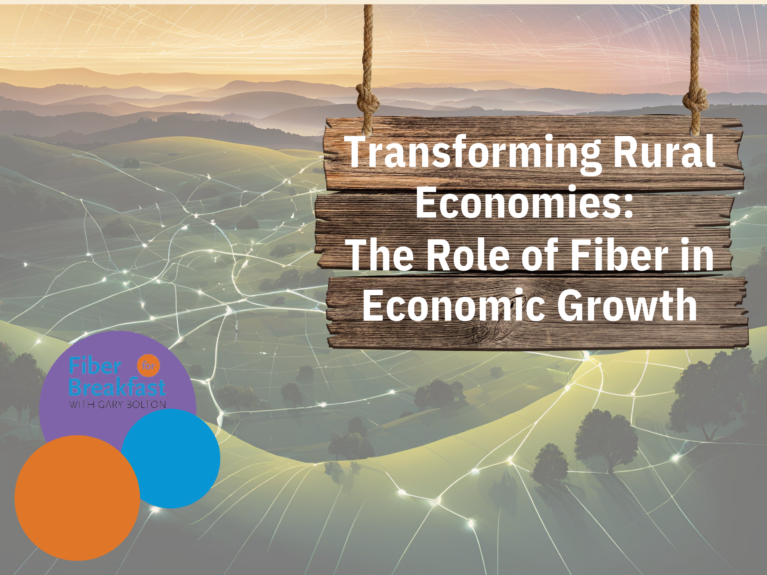Older Home Networks Bottleneck Gigabit Services
Older Home Networks Bottleneck Gigabit Services
Next-generation gigabit fiber speeds are running up against the limits of trailing-edge home Wi-Fi gear and other in-home factors, much to the chagrin of service providers and their customers, according to the latest research insights from Ookla. With FCC Consumer Broadband Labels now required to provide expected network performance information, consumers need to understand both what the labels are communicating and the potential limitations they may have in their homes to take full advantage of the speeds they are getting.
“As these new fiber networks are rolled out, the level of service, throughput, and latencies being provided, and the way those numbers are [improving] is bringing a whole new level of capability to homes and businesses,” said Bryan Darr, Vice President, Government Affairs, Ookla. “But that doesn’t mean that people can necessarily experience it. The Wi-Fi devices that most people have in their house, they’ve ordered from Best Buy or Amazon or bought at Walmart or Target or some other Big Box store. These older devices aren’t capable of handling the throughput speeds that are now being delivered, particularly with new fiber connections.”
Most fiber providers deliver gigabit speeds today, with some already offering multi-gigabit services, but only the most recent versions of Wi-Fi technology provide the throughput to support multiple in-home devices at gigabit speeds. Most users and devices access the home broadband connection via wireless, so being able to measure performance at multiple points along the network from the service provider to the end-user is vital. Ookla’s Speedtest technology provides a window into service provider performance into the home and within the home through its software being embedded in customer premise equipment (CPE) and able to be run via mobile and PC clients.
“What happens inside the home is very significant,” said Darr. “It’s one of the reasons why we report so many different metrics associated with speed tests. It’s not just about average test; it’s not just about summarizing mean average or median, which has become a very important metric. We also report on the best tests and the worst tests that people are experiencing because this is all critical to understanding what that consumer perception is. Customer perception of the networks is going to play a very, very large role in their satisfaction with your service, regardless of what you are delivering to the address because the consumer will continue to use wireless and Wi-Fi capabilities.”
For more on Ookla’s speed measurements and how they can help service providers understand their networks and customer experiences, listen to the latest Fiber for Breakfast podcast.
###




